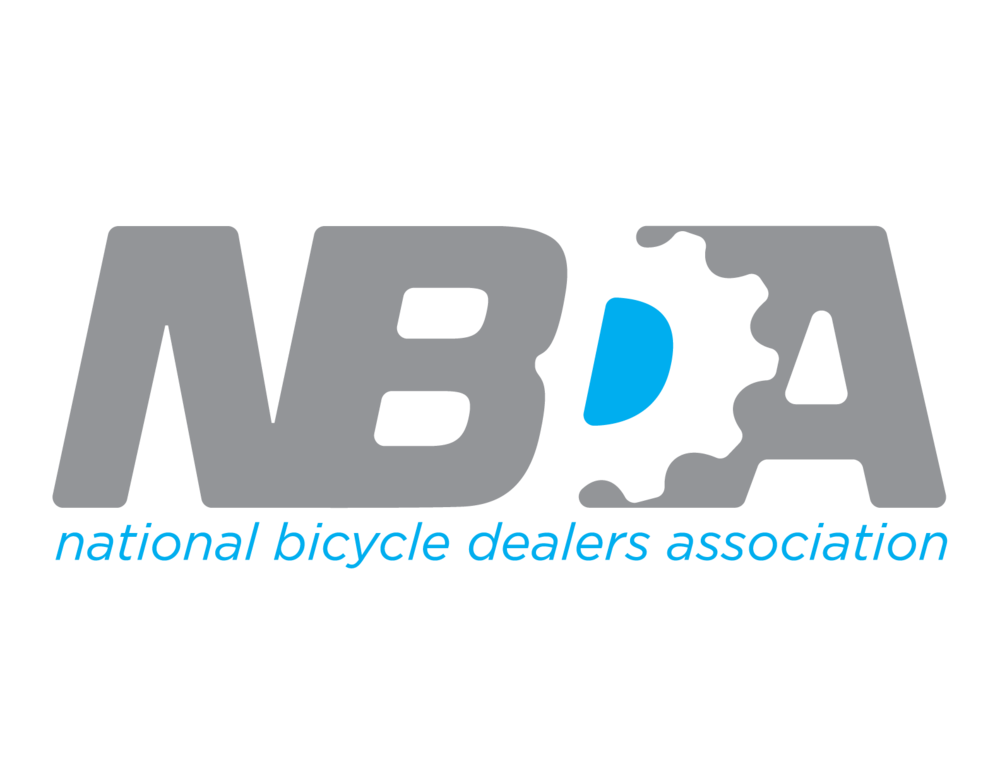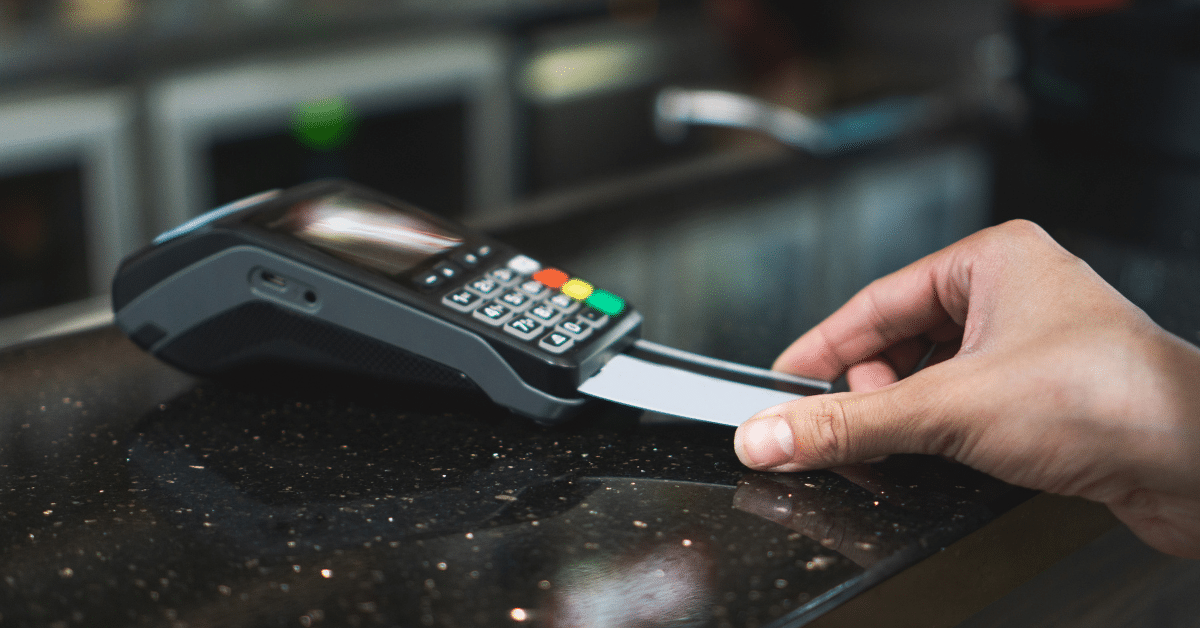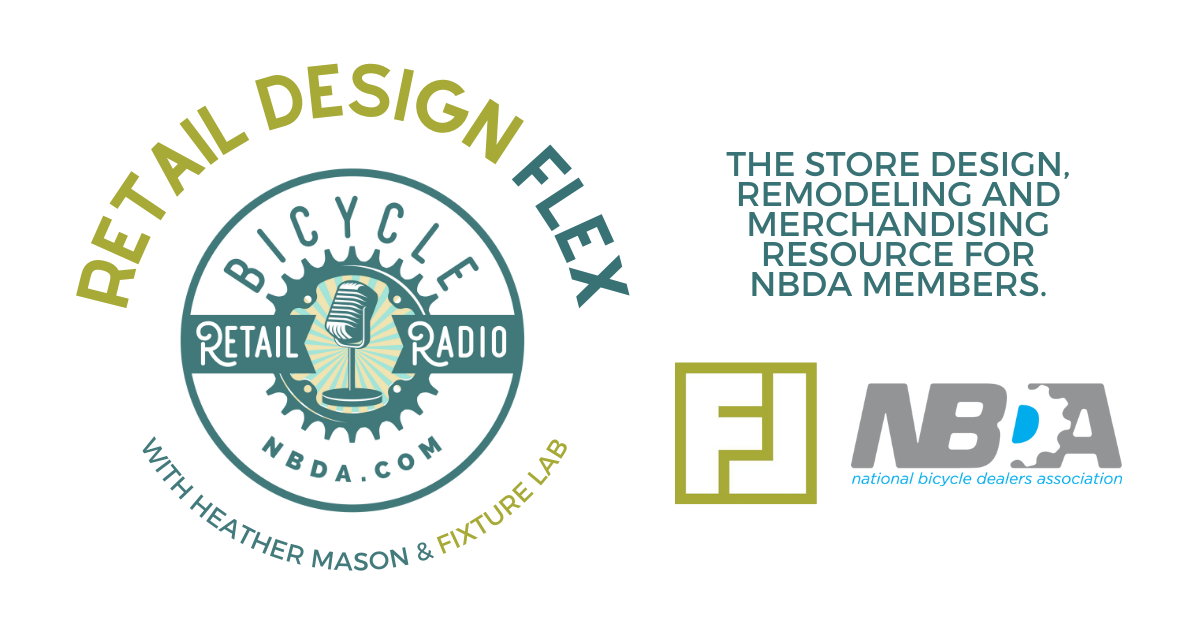Handling Declined Credit Card Transactions
Written by Jim Luff – Chosen Payments
When a customer’s credit card declines, it creates an awkward situation for you and the customer. Your first instinct is likely to run the card again. Your customer will likely even ask you to try it again. If the card is declined, it will decline on each subsequent attempt – so, don’t waste time doing it.
This particular blog should be shared with your employees who are tasked with completing transactions. It will help them to be prepared to handle a decline in a professional manner. Without training, your employee may not know what to say or how to handle the situation tactfully and with grace. Here are some tips that you and your employees can follow when a card declines:
Have a Plan
Having a standard protocol that all employees follow will make the situation easier to handle when it happens. There are many different reasons that cards decline that range from being delinquent to being over the established credit limit. The customer may have recently completed a transaction that was out of character for them that causes a decline. Whatever the reason is, you want to maintain a good customer relationship and not make your customer feel awkward. If you operate a restaurant and the customer is with a group of other people, you may want to ask him if you can have a private word. The plan is yours to create based upon your type of business. Your plan should include a discrete manner for delivering the bad news based on your business and your point-of-sale area.
Decline Codes
A Decline Code that indicates the card has been lost or stolen can be extremely awkward because now you may become the victim of fraud. In the case of a restaurant, obviously the food and drinks have been served and if another alternate form of payment is not presented or available, you could sustain a loss. This might also necessitate the need for law enforcement. If you accept an alternate credit card, do so with extreme caution and carefully compare identification to the alternate card presented. In some case, you may receive a notice that says, “pick-up”. That means that you should not give the card back to the customer. They will likely become angry. Be prepared to let them know that the card is property of the bank that issued the card and they have asked you to retrieve it. If the customer becomes irate – it is better to hand the card back rather than risk your safety. You can also call the Merchant Authorization line and ask for a “Code 10 Authorization”. This indicates to the operator that you have a potential fraudulent transaction in process. The bank will call the cardholder to verify the transaction.
Asking for Another Form of Payment
One easy method of informing a customer of a declined card is to avoid telling them that their card declined at all. Simply ask, “Is there another form of payment you might want to use today”? This makes it very apparent that their card declined without using the dreaded word. In most cases, customers are baffled about why their card declined. If they become angry, you will likely become the target of that anger. It is important to note that merchant’s and their employees must immediately convey to the customer that the decision is made by the issuing bank, and they should call the Customer Service number listed on the back of their credit card. Be prepared to point the number out to them. If you have space available where the customer can call their card issuer, direct them to this area so they can work out any problems. Have them ask the issuer to pre-approve your transaction with an authorization number. The transaction should be successful after that.
Be Aware of the Cost
Each declined transaction costs a merchant an authorization fee for submitting the card for approval. This is why we recommend that you do not make multiple attempts to try a declined card again as previously mentioned. Running the card twenty times will not change the outcome. It will only cost you more money.
Common Card Decline Codes
- 05 / Do not honor: The customer’s bank won’t let this payment go through. To resolve the problem, ask the customer to contact their bank and then try again.
- 14 / Invalid card number: There might be a typo somewhere if this was a manually keyed transaction. Check the credit card number carefully and enter it again.
- 41 / Lost card, pick Up: The customer’s bank is preventing this transaction because the card has been reported as lost.
- 43 / Stolen card, pick up: The card’s owner has reported the card as stolen.
- 51 / Insufficient funds: The customer has exceeded the limit on their card.
- R0 or R1 / Customer requested stop of specific recurring payment: If you get this error code, it means the customer has told their card issuer not to allow charges specifically from your business.










